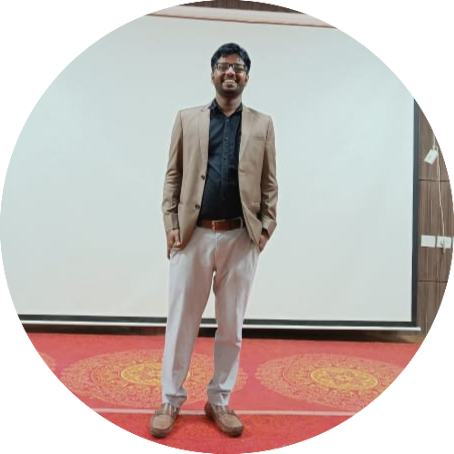Hypoxia refers to a condition in which the body or parts of the body do not get adequate oxygen supply in the tissues.
Hypoxia is often used interchangeably with hypoxemia, but the two conditions are different. In hypoxemia, a person suffers from low oxygen levels in the blood. Hypoxemia is commonly experienced at high altitudes because of the low levels of oxygen in the air. Hypoxemia can lead to hypoxia in patients.
Of late, a high number of COVID-19 patients have been admitted to hospitals with varying degrees of hypoxia. This is because the virus that causes COVID-19—SARS-CoV-2—typically attacks the lungs and may cause severe damage to the air sacs (alveoli) in some patients. When the air sacs are damaged, they can longer oxygenate the blood properly, thus leading to hypoxemia and eventually hypoxia. (Read more: What is a cytokine storm?)
Hypoxia can occur even if the blood flow to various parts of the body is normal, which makes diagnosing this condition quite difficult—unless symptoms start to show. It is common among patients with lung diseases such as chronic obstructive pulmonary disease (COPD), which is caused by restricted airflow to the lungs.
Low or poor supply of oxygen to the lungs can result in hypoxia, as oxygenated blood is not able to reach cells and tissues in different parts of the body. It is, after all, the lungs that help in taking oxygen into the body, and any condition obstructing the regular breathing functions can lead to conditions like hypoxia.
Hypoxia is also associated with poor nutrition as well as anaemia, and is seen in children as well. A study, published in Clinical Epidemiology and Global Health in 2016, on the incidence of hypoxia in children suffering from pneumonia, found that as many as 40% of the 135 patients in the study had hypoxia.
Read on to know more about hypoxia, or low levels of oxygen in the tissues and cells of the body.

 Doctors for Hypoxia
Doctors for Hypoxia 












































